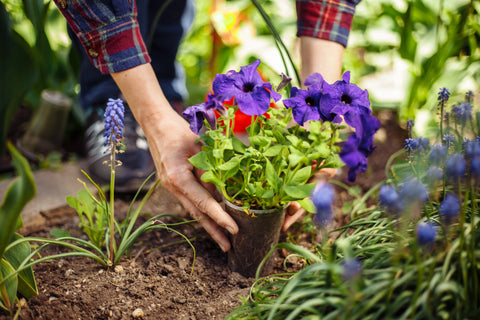Water Quality Issues
Whether you use pure water to irrigate the plants for their health will matter. Usually, tap water contains chlorine, fluoride, and salts. These chemicals may accumulate in the soil and can cause 'tipping,' where the tips of leaves will turn brown and dry. In addition to filtered, distilled water or collected rainwater, one can allow tap water to be out overnight; that way, harmful chemicals would dissipate.
Thus, through such a simple method, tap water could now be used for purposes like gardening without potentially harming sensitive plants. Most often, the changes manifest gradually, so take note of your plant's improvement over time. If the plant improves after you change the water, it becomes very clear that it is reacting to the composition of your tap water. Changing the type of water you use will likely affect your plant's appearance and vitality.
Inconsistent Watering Practices
Watering is the most vital element in plant care, and this is very often the cause of mistakes. Drowning and flooding could each lead to leaves becoming brown and crispy. Symptoms differ slightly, though. Dry, fragile leaves occur on underwatered plants. The plant would naturally close its leaves to conserve water. Overwatered plants suffer from root rot, which prevents them from absorbing nutrients and water, thus causing discoloration and crisping of the leaves.
Make sure your plant receives the right amount of water by knowing its specific requirements. Some plants require moist soil, while others do better when drying out between watering times. Make sure to water thoroughly. Water should come out of the drainage holes in the bottom of the pot. This allows no dry pockets in the soil and guarantees your roots are fully hydrated. For example, Bonsai plants should be watered thoroughly whenever the topsoil feels slightly dry, making sure there is consistent moisture without overwatering.
Improper Fertilization
Fertilizer is a strong plant growth promoter but must be applied correctly otherwise to have no negative impacts. If the fertilizer is over-added or added to dry soil, chemical burns will happen, giving brown, crispy edges on the leaves. Most species that grow during spring and summer periods need regular feeding. However, many species enter the dormant period during the fall and winter periods and need little or no fertilization.
If the trouble may be due to inappropriate fertilization, then the excess fertilizer in the soil must first be flushed out using water. From now on, apply diluted fertilizers at half or a quarter of the prescribed concentration directly into slightly damp soils, not allowing salts and nutrient concentrations to damage roots and leaves. For example, Pothos plants need light fertilization with a diluted balanced fertilizer every 4–6 weeks during spring and summer while skipping or reducing it in fall and winter.





